#Europe Monument by Omri Amrany
Text

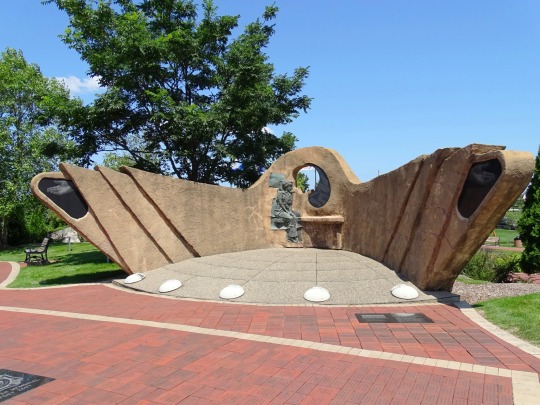
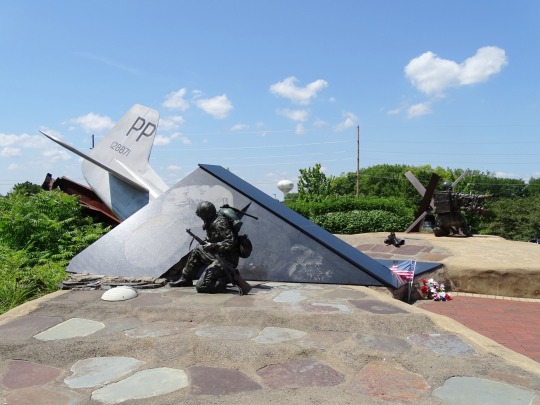
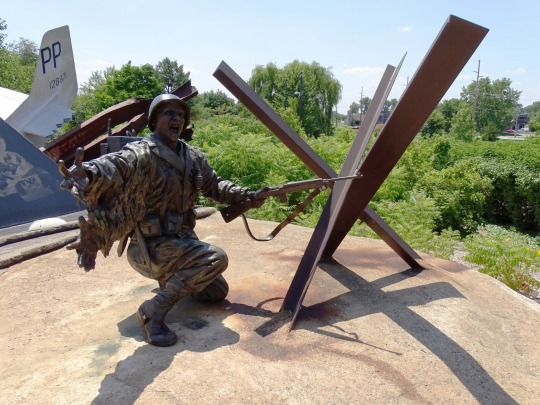



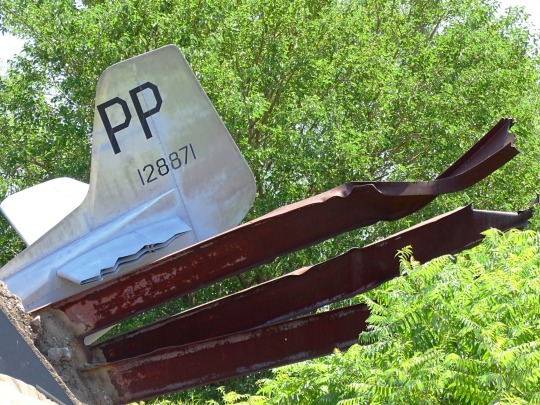

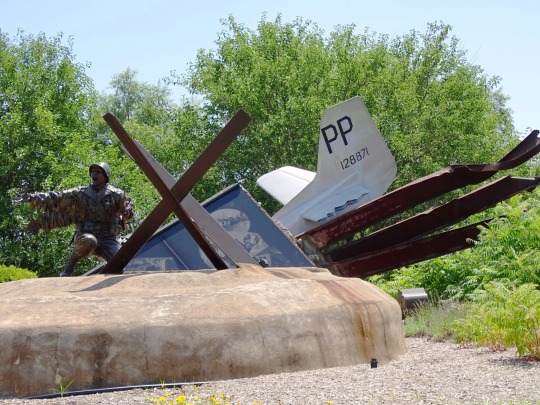
World War II: Nazi Germany and Slovakia invaded Poland, beginning the European phase of World War II on September 1, 1939.
#World War II#Germany#invaded#Poland#start#WWII#WW2#World War Two#1 September 1939#original photography#vacation#travel#tourist attraction#landmark#architecture#Europe Monument by Omri Amrany#Pacific Monument#Community Veterans Memorial#Munster#Indiana#history#85th anniversary#USA#summer 2019#Home Front Monument#cityscape
3 notes
·
View notes
Text

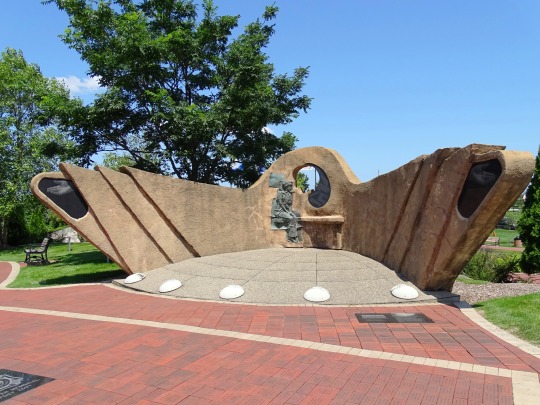

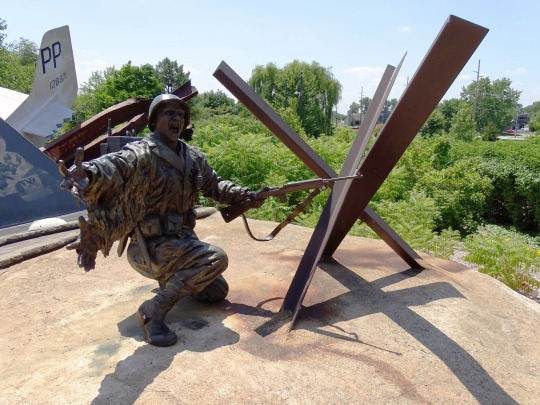

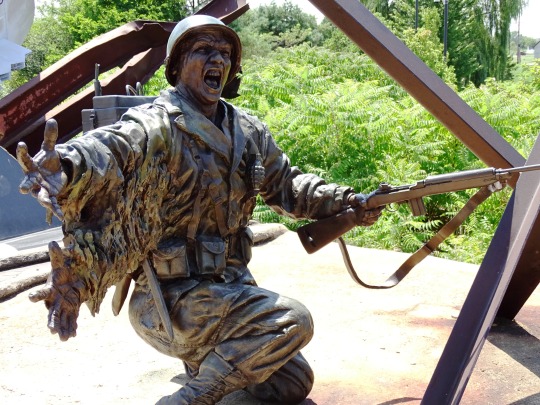
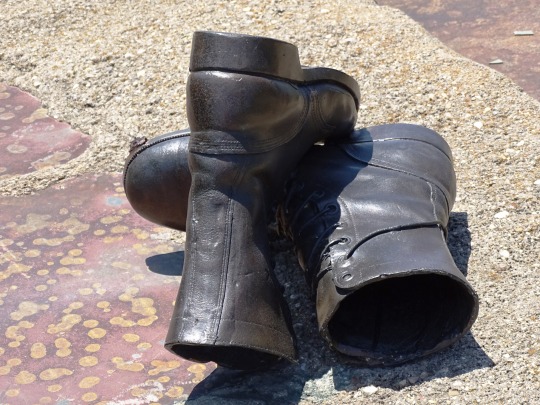

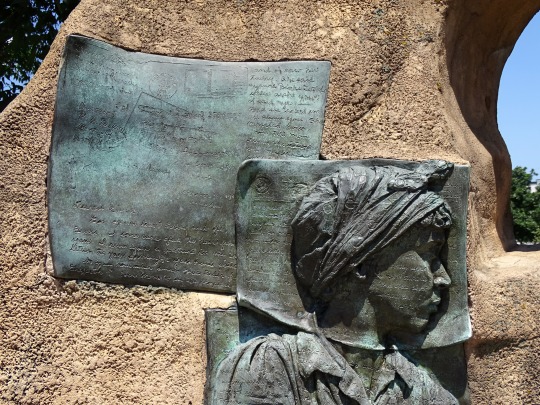
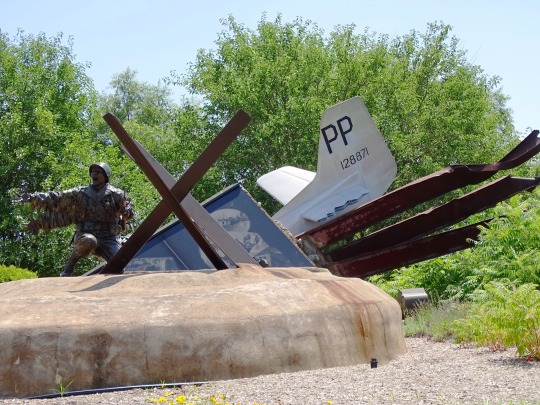
World War II: Nazi Germany and Slovakia invaded Poland, beginning the European phase of World War II on September 1, 1939.
#World War II#Germany#invaded#Poland#start#WWII#WW2#World War Two#1 September 1939#original photography#vacation#travel#tourist attraction#landmark#architecture#Europe Monument by Omri Amrany#Pacific Monument#Community Veterans Memorial#Munster#Indiana#history#anniversary#USA#summer 2019#Home Front Monument
1 note
·
View note
Photo
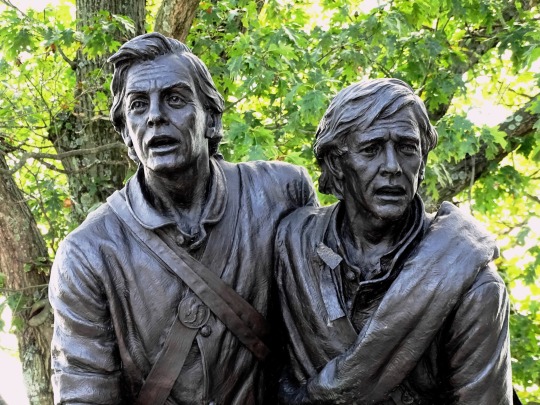

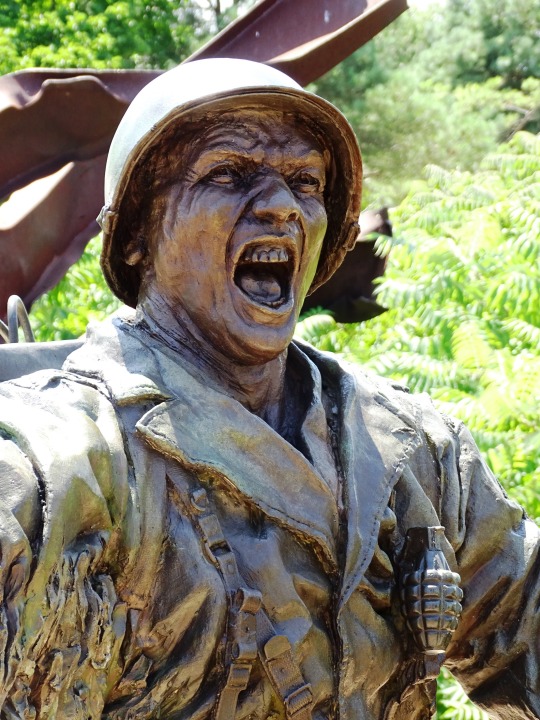

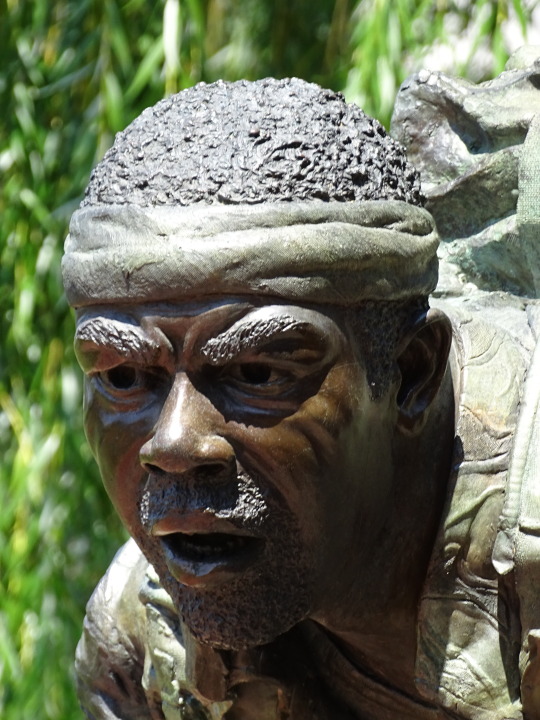
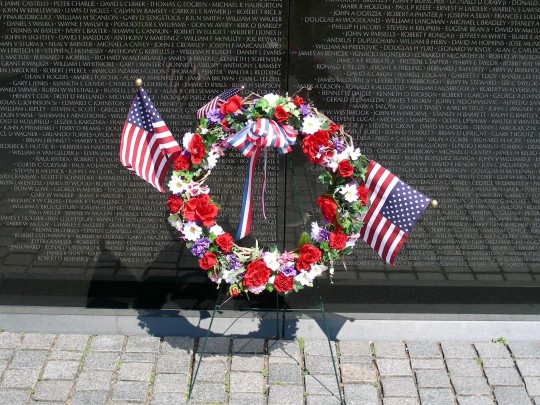

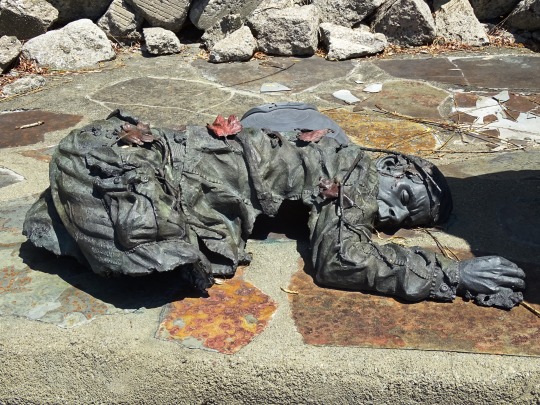
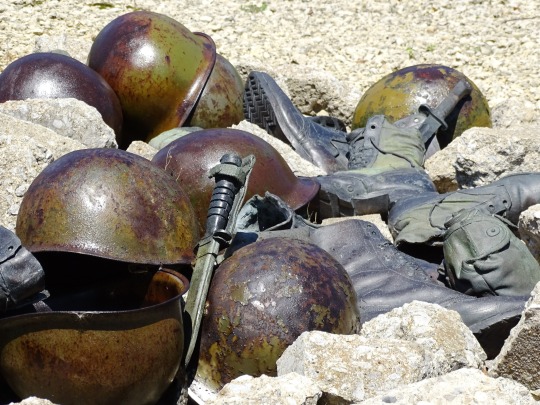
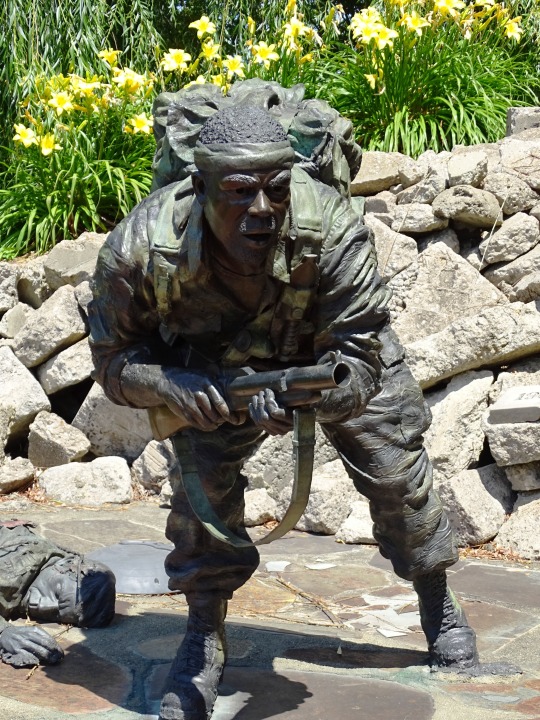
Memorial Day
Memorial Day on May 29 conjures images of hamburgers, hot dogs, swimming pools, and summertime for many Americans. But the last Monday in May serves, most importantly, as a time to honor those who died while fighting in the U.S. Armed Forces. It’s a holiday steeped in somber American history and tradition. The day actually began as “Decoration Day,” following the Civil War, when mourners placed flowers on the graves of Union and Confederate soldiers. Yes, Memorial Day has also come to signify the “unofficial” start of summer, but let’s remember the heroes who made it all possible.
When is Memorial Day 2023?
Men and women who’ve served and sacrificed their lives in the U.S. Armed Forces are honored on Memorial Day on May 29.
History of Memorial Day
The Civil War ended in the spring of 1865 when Robert E. Lee surrendered the last major Confederate army to Ulysses S. Grant at the Appomattox Court House on April 9. Over 620,000 soldiers died in the four-year conflict. General John A. Logan of the Grand Army of the Republic (an organization of Union veterans) would eventually select May 30, 1868, as a day to pay tribute to the fallen:
“The 30th of May, 1868, is designated for the purpose of strewing with flowers, or otherwise decorating the graves of comrades who died in defense of their country during the late rebellion, and whose bodies now lie in almost every city, village, and hamlet churchyard in the land…”
Logan apparently chose May 30 because flowers would be in bloom all over the country. By the end of the 19th century, Memorial Day ceremonies were being held on May 30 throughout the nation. States passed proclamations, and the Army and Navy adopted rules for proper observance at their facilities.
The crowd attending the first Memorial Day ceremony at Arlington National Cemetery was approximately the same size as those that attend today’s observance — about 5,000 people. Small American flags were placed on each grave — a tradition still followed at many national cemeteries today. In recent years, the custom has grown in many families to decorate the graves of all departed loved ones.
By 1890, each Northern state had made Decoration Day an official holiday. But this was not the case in the South, where states continued to honor their dead on separate days until after the First World War.
The May 30 date held for decades. But, in 1968, Congress passed the Uniform Monday Holiday Act, which established Memorial Day as the last Monday in May in order to create a three-day weekend for federal employees. The change took place in 1971. The same law also declared Memorial Day a federal holiday.
Memorial Day timeline
1864 Beginning of a Tradition
Women from Pennsylvania place flowers on the graves of fallen soldiers after the Battle of Gettysburg.
May 5, 1866 Birthplace of Memorial Day
Waterloo, New York, begins hosting an annual community service in remembrance of soldiers whose lives were lost.
May 5, 1868 It’s Official
Major General John A. Logan issues General Order No.11, making the day official.
2020 Virtual Solidarity
The organization American Veterans (AMVETS) holds a virtual motorcycle rally in honor of Memorial Day.
Traditions of the Day
Many Americans observe Memorial Day by visiting cemeteries or memorials, holding family gatherings, and participating in parades. It’s the three-day weekend that kicks off the summer season and the time for hanging out at the beach and lakes, and barbecuing with friends and family. But Memorial Day is also the most solemn American holiday — a day to remember those who made the ultimate sacrifice while defending their nation.
Towns and cities across the country host grand Memorial Day parades every year, often featuring senior veterans and military personnel. Some of the biggest parades take place in New York, Chicago, and Washington, D.C. Cemeteries and memorials are also visited by Americans, with some citizens wearing or holding red poppies to symbolize those who have fallen in war. This tradition has been around since World War I. Weekend trips and parties are also arranged to balance out the somberness of the day and welcome the summer.
By the Numbers
620,000 – the number of soldiers who died on both sides of the Civil War.
1868 – the year when President James Garfield delivered a very long speech on Memorial Day.
2500 – the number of motorcyclists who participated in the first Rolling Thunder rally.
$1.5 billion – the number of dollars typically spent on meat and seafood in preparation for Memorial Day weekend.
60% – the percentage of American households who attend or host a barbecue on this day.
1.5 million – the number of people who watch the National Memorial Day Parade.
900,000 – the number of people who gathered for the Rolling Thunder Memorial Day motorcycle rally in 2019.
260,000 – the number of graves at Arlington National Cemetery adorned with flags in 2019.
45 million – the number of men and women who have served in a time of war for the U.S.
3 P.M. – the time of day when a moment of silence is observed by Americans throughout the country on this day.
How to Observe Memorial Day
Pay your respects
Participate in the National Moment of Remembrance
Fly the flag
Lay flowers on the grave of a family member or friend who died while serving. If you don't personally know any fallen soldiers, visit a local cemetery anyway. After all, they made the ultimate sacrifice for you.
By doing so, you'll be joining millions of Americans in national unity to honor Memorial Day for what it truly is — a day to remember those who laid down their lives in service of their country and its citizens.
If you have an American flag at home, be sure to fly it at half-mast until noon, then raise it to full mast for the rest of the day. The practice of lowering and then raising the flag has been observed for over 100 years to symbolize America's persistence in the face of loss.
5 CREATIVE WAYS TO DECORATE FOR MEMORIAL DAY
Unfurl those flags
Line your walkway with mini flags
Red, white, and blue layered cake
Stars and Stripes windsocks
Symbolic flowers
Often people store their American flags and raise them only during patriotic holidays. This is definitely one of those days.
Nothing honors our deceased veterans like dozens (or even hundreds) of flags in your front lawn and entryway.
It’s a decoration you can eat.
It’s festive, fun, and patriotic. Need we say more?
Even if you haven’t lost a loved one who served in the military, you can still honor the fallen with flowers at home. Red, navy, and blue dahlias combined with white rose silk flowers can make a stunning visual combination.
Source
#Maryland State Monument by Lawrence Monroe Ludtke#original photography#Gettysburg National Military Park#Community Veterans Memorial#Munster#Indiana#Pennsylvania#Europe Monument#Pacific Monument#Omri Amrany#A Soldier's Sacrifice by Julie Rotblatt-Amrany#Vietnam Veterans Memorial by Maya Lin#Washington DC#summer 2019#2009#free admission#tourist attraction#landmark#architecture#cityscape#Memorial Day#29 May 2023#last Monday in May#MemorialDay
2 notes
·
View notes
Text

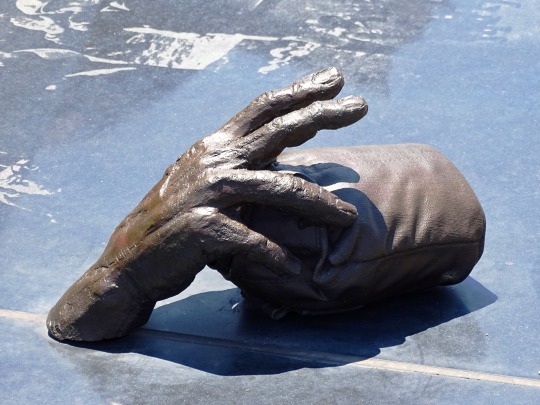
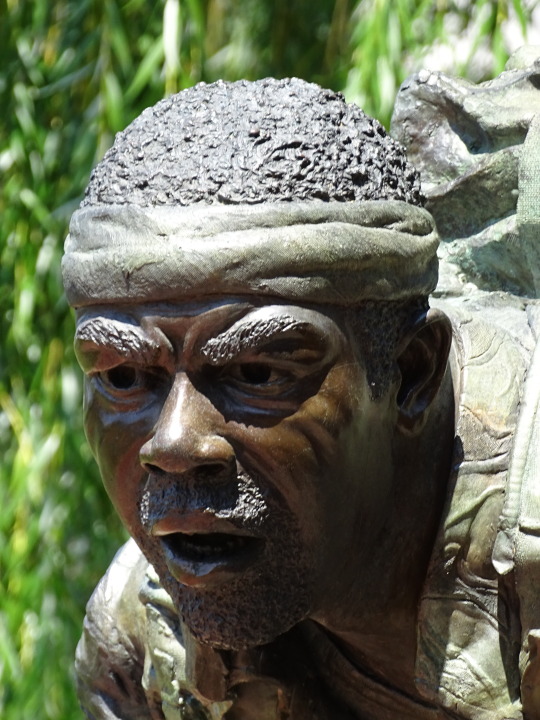

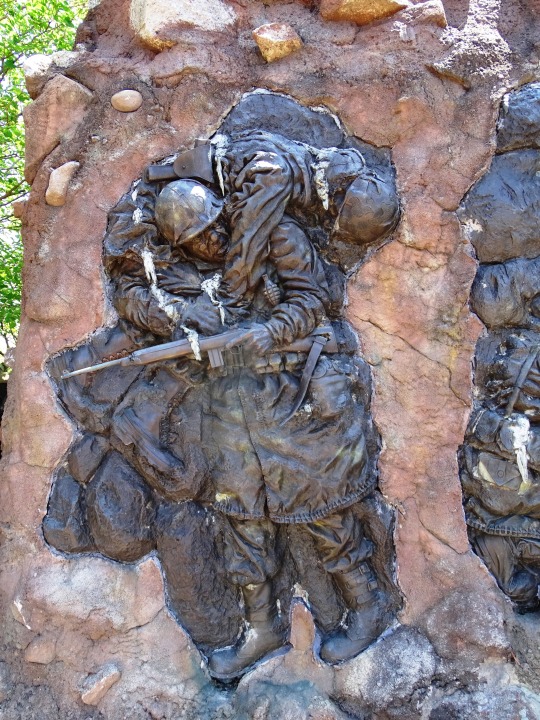
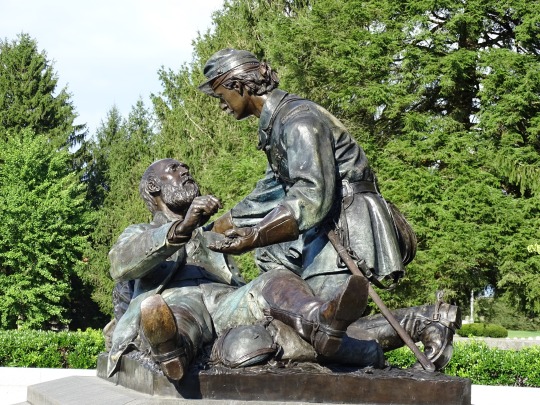

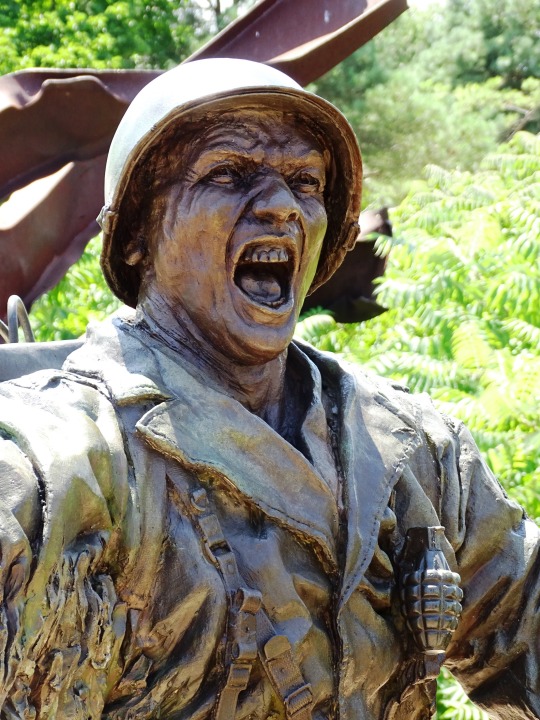
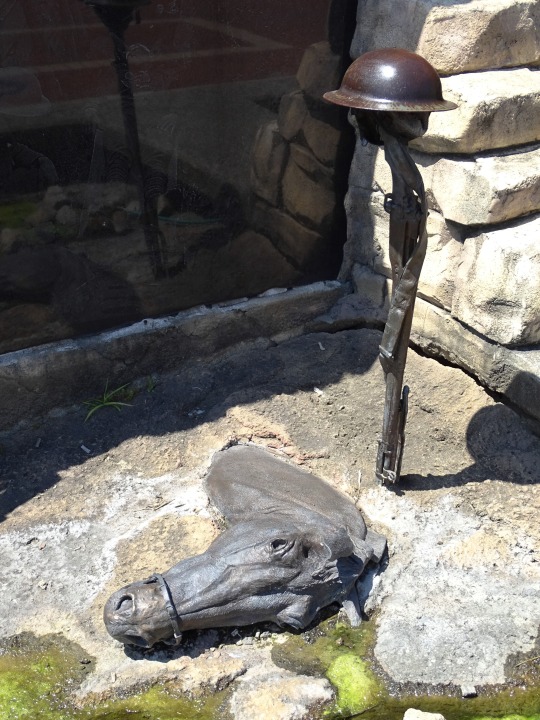
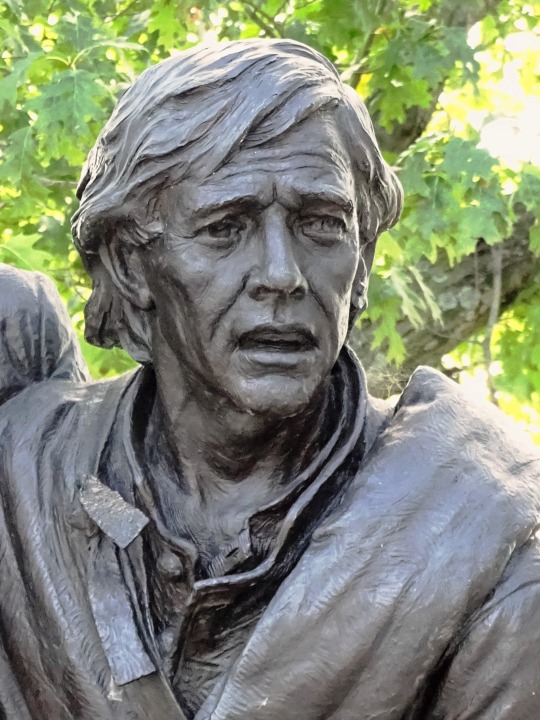
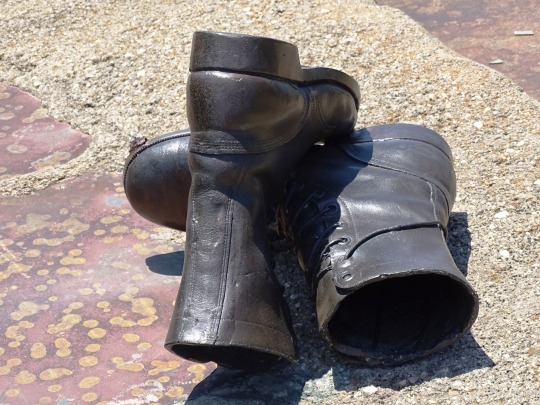
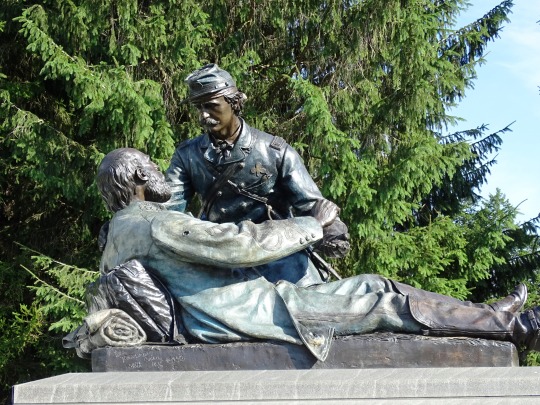
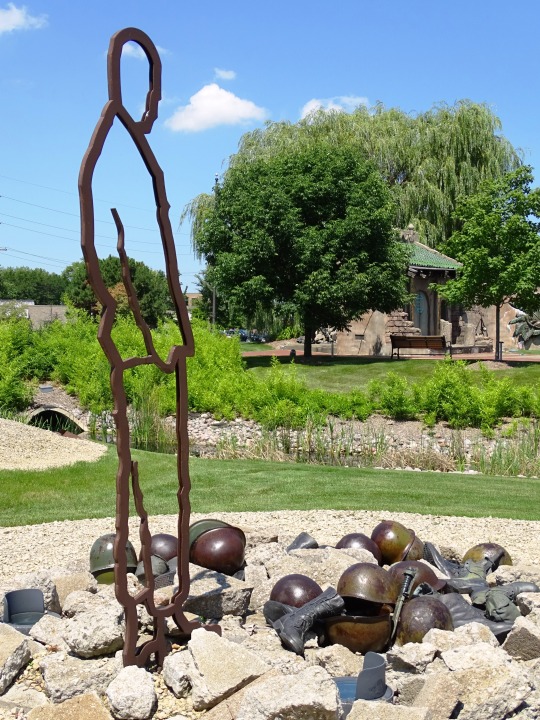
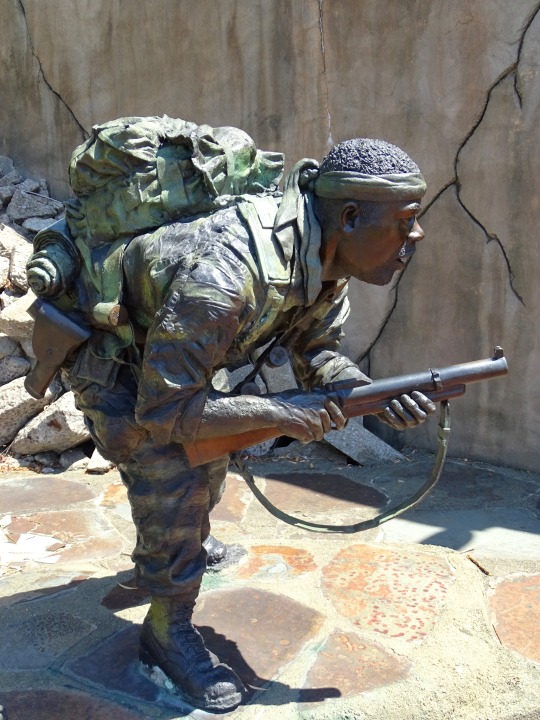
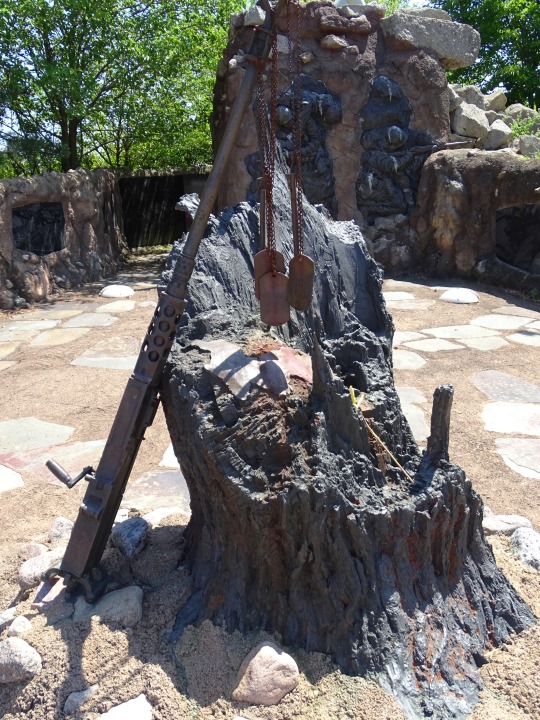


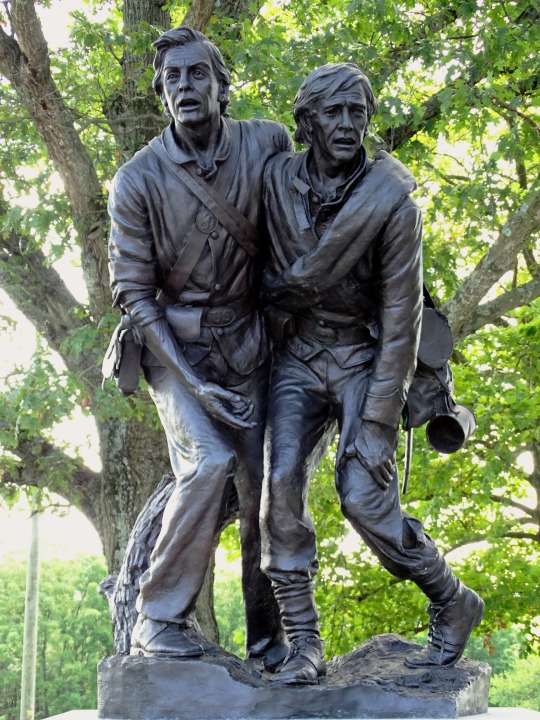
Memorial Day
Memorial Day on May 27 conjures images of hamburgers, hot dogs, swimming pools, and summertime for many Americans. But the last Monday in May serves, most importantly, as a time to honor those who died while fighting in the U.S. Armed Forces. It’s a holiday steeped in somber American history and tradition. The day actually began as “Decoration Day,” following the Civil War, when mourners placed flowers on the graves of Union and Confederate soldiers. Yes, Memorial Day has also come to signify the “unofficial” start of summer, but let’s remember the heroes who made it all possible.
When is Memorial Day 2024?
Men and women who’ve served and sacrificed their lives in the U.S. Armed Forces are honored on Memorial Day on May 27.
History of Memorial Day
The Civil War ended in the spring of 1865 when Robert E. Lee surrendered the last major Confederate army to Ulysses S. Grant at the Appomattox Court House on April 9. Over 620,000 soldiers died in the four-year conflict. General John A. Logan of the Grand Army of the Republic (an organization of Union veterans) would eventually select May 30, 1868, as a day to pay tribute to the fallen:
“The 30th of May, 1868, is designated for the purpose of strewing with flowers, or otherwise decorating the graves of comrades who died in defense of their country during the late rebellion, and whose bodies now lie in almost every city, village, and hamlet churchyard in the land…”
Logan apparently chose May 30 because flowers would be in bloom all over the country. By the end of the 19th century, Memorial Day ceremonies were being held on May 30 throughout the nation. States passed proclamations, and the Army and Navy adopted rules for proper observance at their facilities.
The crowd attending the first Memorial Day ceremony at Arlington National Cemetery was approximately the same size as those that attend today’s observance — about 5,000 people. Small American flags were placed on each grave — a tradition still followed at many national cemeteries today. In recent years, the custom has grown in many families to decorate the graves of all departed loved ones.
By 1890, each Northern state had made Decoration Day an official holiday. But this was not the case in the South, where states continued to honor their dead on separate days until after the First World War.
The May 30 date held for decades. But, in 1968, Congress passed the Uniform Monday Holiday Act, which established Memorial Day as the last Monday in May in order to create a three-day weekend for federal employees. The change took place in 1971. The same law also declared Memorial Day a federal holiday.
Memorial Day timeline
1864 Beginning of a Tradition
Women from Pennsylvania place flowers on the graves of fallen soldiers after the Battle of Gettysburg.
May 5, 1866 Birthplace of Memorial Day
Waterloo, New York, begins hosting an annual community service in remembrance of soldiers whose lives were lost.
May 5, 1868 It’s Official
Major General John A. Logan issues General Order No.11, making the day official.
2020 Virtual Solidarity
The organization American Veterans (AMVETS) holds a virtual motorcycle rally in honor of Memorial Day.
Traditions of the Day
Many Americans observe Memorial Day by visiting cemeteries or memorials, holding family gatherings, and participating in parades. It’s the three-day weekend that kicks off the summer season and the time for hanging out at the beach and lakes, and barbecuing with friends and family. But Memorial Day is also the most solemn American holiday — a day to remember those who made the ultimate sacrifice while defending their nation.
Towns and cities across the country host grand Memorial Day parades every year, often featuring senior veterans and military personnel. Some of the biggest parades take place in New York, Chicago, and Washington, D.C. Cemeteries and memorials are also visited by Americans, with some citizens wearing or holding red poppies to symbolize those who have fallen in war. This tradition has been around since World War I. Weekend trips and parties are also arranged to balance out the somberness of the day and welcome the summer.
By the Numbers
620,000 – the number of soldiers who died on both sides of the Civil War.
1868 – the year when President James Garfield delivered a very long speech on Memorial Day.
2500 – the number of motorcyclists who participated in the first Rolling Thunder rally.
$1.5 billion – the number of dollars typically spent on meat and seafood in preparation for Memorial Day weekend.
60% – the percentage of American households who attend or host a barbecue on this day.
1.5 million – the number of people who watch the National Memorial Day Parade.
900,000 – the number of people who gathered for the Rolling Thunder Memorial Day motorcycle rally in 2019.
260,000 – the number of graves at Arlington National Cemetery adorned with flags in 2019.
45 million – the number of men and women who have served in a time of war for the U.S.
3 P.M. – the time of day when a moment of silence is observed by Americans throughout the country on this day.
How to Observe Memorial Day
Pay your respects
Participate in the National Moment of Remembrance
Fly the flag
Lay flowers on the grave of a family member or friend who died while serving. If you don't personally know any fallen soldiers, visit a local cemetery anyway. After all, they made the ultimate sacrifice for you.
By doing so, you'll be joining millions of Americans in national unity to honor Memorial Day for what it truly is — a day to remember those who laid down their lives in service of their country and its citizens.
If you have an American flag at home, be sure to fly it at half-mast until noon, then raise it to full mast for the rest of the day. The practice of lowering and then raising the flag has been observed for over 100 years to symbolize America's persistence in the face of loss.
5 CREATIVE WAYS TO DECORATE FOR MEMORIAL DAY
Unfurl those flags
Line your walkway with mini flags
Red, white, and blue layered cake
Stars and Stripes windsocks
Symbolic flowers
Often people store their American flags and raise them only during patriotic holidays. This is definitely one of those days.
Nothing honors our deceased veterans like dozens (or even hundreds) of flags in your front lawn and entryway.
It’s a decoration you can eat.
It’s festive, fun, and patriotic. Need we say more?
Even if you haven’t lost a loved one who served in the military, you can still honor the fallen with flowers at home. Red, navy, and blue dahlias combined with white rose silk flowers can make a stunning visual combination.
Source
#Maryland State Monument by Lawrence Monroe Ludtke#original photography#Gettysburg National Military Park#Community Veterans Memorial#Munster#Indiana#Pennsylvania#Europe Monument#Pacific Monument#Omri Amrany#A Soldier's Sacrifice by Julie Rotblatt-Amrany#Vietnam Veterans Memorial by Maya Lin#Washington DC#summer 2019#2009#free admission#tourist attraction#landmark#cityscape#Memorial Day#27 May 2024#last Monday in May#MemorialDay#travel#USA#vacation#Friend to Friend Masonic Memorial
1 note
·
View note
Text
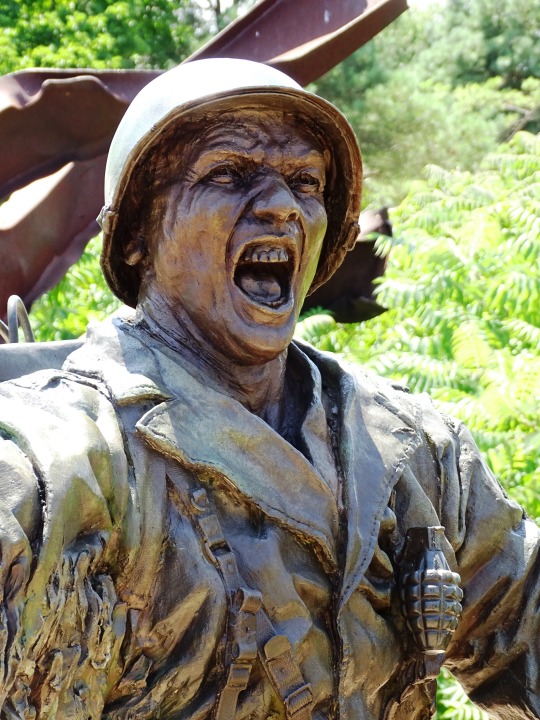
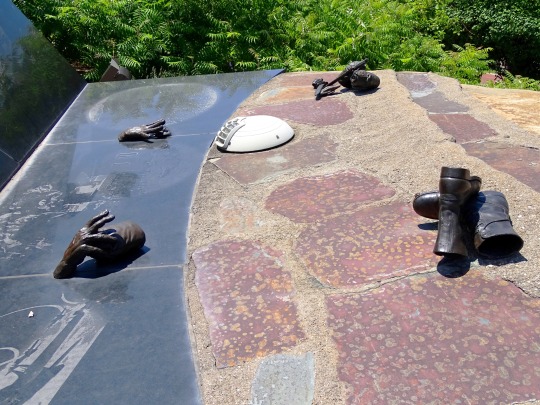
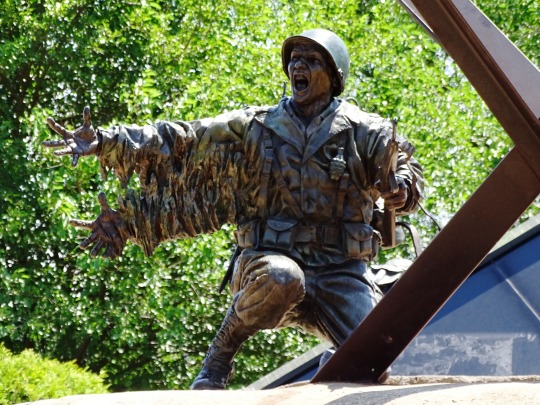
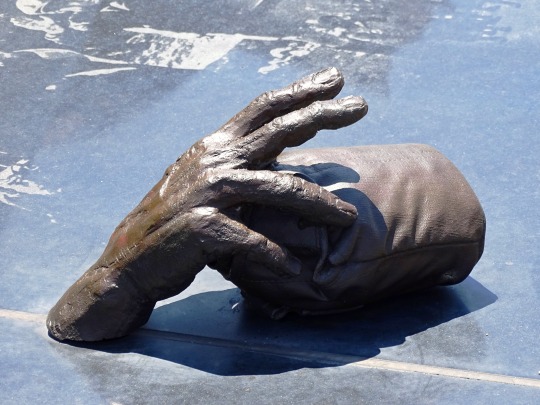
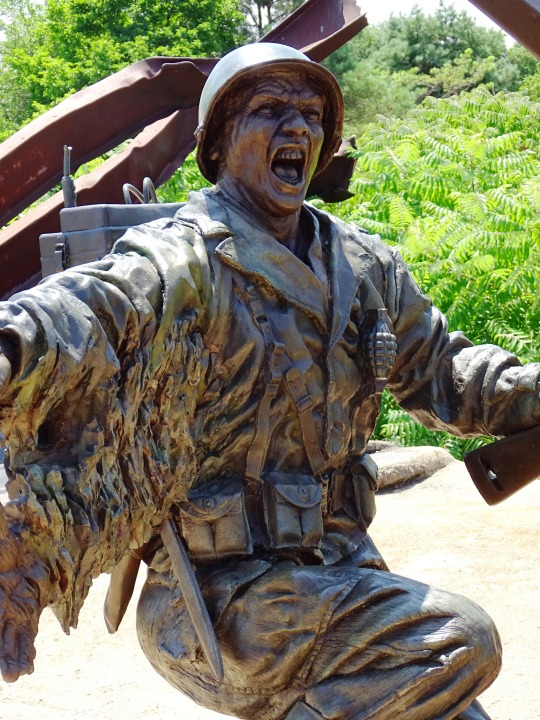
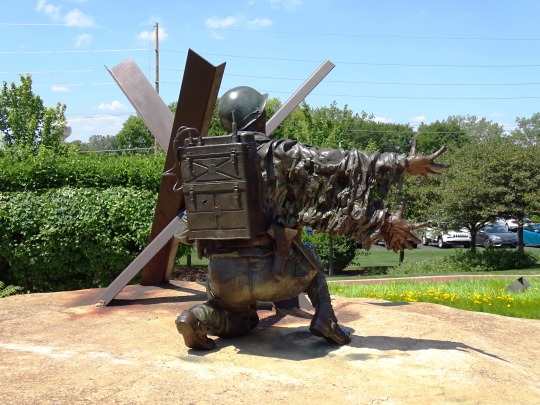


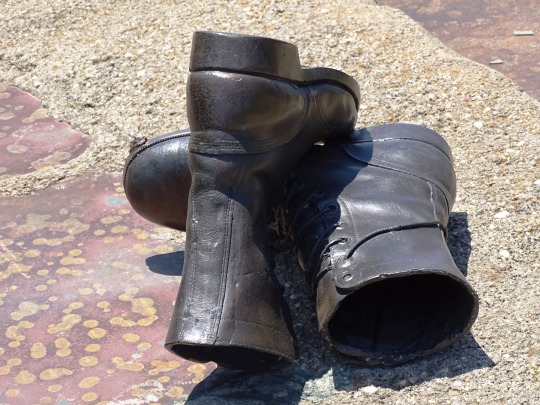

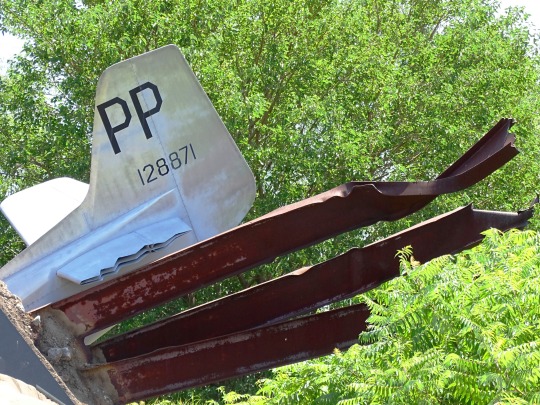
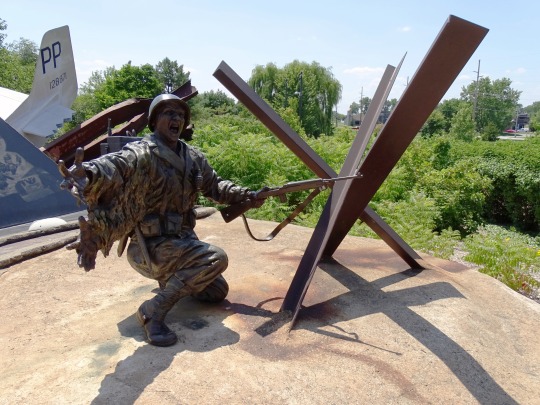
Victory in Europe Day
Victory in Europe Day is observed on May 8 to commemorate when the Allies of World War II formally accepted Germany’s unconditional surrender of its armed forces. Did you know that even after Germany — the architect of the war — surrendered, Japan continued to wage war against the Allied troops? World War II was the costliest war ever; over 75 million lives were lost, cities leveled, and the economy of Europe was devastated. The war began when Hitler’s Germany invaded Poland and ended nearly six years later when Japan surrendered. Victory in Europe Day is celebrated as a public holiday in several European countries and termed V.E. Day and V-E Day in the U.K. and the U.S., respectively.
HISTORY OF VICTORY IN EUROPE DAY
On April 30, 1945, the Allied forces surrounded Germany, tightening the noose around the German army. Realizing the hopelessness of his situation, Hitler killed his newly wedded wife, Eva Braun, and committed suicide in his Berlin bunker. Immediately taking the presidency, Grand Admiral Karl Donitz, Hitler’s successor, began negotiating for a term of surrender with the Allied forces. Chief among his goals was saving as many Germans as possible from being captured by the Soviets.
On May 4, in Luneburg Heath, British Field Marshal Bernard Montgomery accepted the unconditional surrender of German forces in the Netherlands, northwest Germany, and Denmark. On May 7, another unconditional military surrender was signed at SHAEF H.Q. at Reims, between Supreme Allied Commander General Eisenhower and General Alfred Jodl of Germany. The following day, a slightly modified document — the definitive German Instrument of Surrender — was signed in Karlshorst, Berlin, by German Field Marshal William Keitel.
Following the announcement of the German surrender on radio on May 7, the news quickly spread across the western world, and jubilations erupted everywhere, especially in North America and the U.K. The B.B.C. interrupted their program to announce that Victory in Europe Day would be a national holiday. Over one million people trooped out to the streets of the U.K. to celebrate, while in London, people crowded Trafalgar Square, the Mall, and Buckingham Palace. The British Royal Family, joined by Prime Minister Winston Churchill, appeared on the palace’s balcony, waving to the cheering crowds.
In the United States, Victory in Europe Day happened to be the same day as President Harry Truman’s 61st birthday. However, he dedicated the victory to his late predecessor, Franklin D. Roosevelt and the U.S. flag remained at half-mast. Victory in Europe Day was also celebrated in Australia, Paris, and Canada — where a riot broke down and resulted in several deaths.
VICTORY IN EUROPE DAY TIMELINE
April 30,1945 The Suicide of Hitler
During the Battle of Berlin, the city becomes surrounded — so, Hitler kills his wife and commits suicide.
May 4, 1945 The First Act of Surrender
British Field Marshal Bernard Montgomery accepts the unconditional surrender of German forces in the Netherlands, northwest Germany, and Denmark.
May 7, 1945 The Second Act of Surrender
Supreme Allied Commander General Eisenhower accepts the unconditional surrender of German forces from German General Alfred Jodl.
May 8, 1945The German Instrument of Surrender
The definitive German Instrument of Surrender is signed in Berlin by German Field Marshal William Keitel.
August 14, 1945 The End of the War
Japan agrees to surrender to the Allied forces and formally signs an agreement the following month.
VICTORY IN EUROPE DAY FAQS
Is Victory in Europe Day celebrated in Germany?
Victory in Europe Day is generally viewed in Germany as a day to commemorate those that died during the war. However, it’s also a day to renew their promises of preventing such events from happening again.
Who celebrates Victory in Europe Day?
Victory in Europe Day is mainly celebrated by North American and European countries, including Israel and the European Union — celebrated as Europe Day.
How do the French celebrate Victory in Europe Day?
Victory in Europe Day is celebrated with a lot of festivities and fanfare. Church services, parades, ceremonies, monument visitations, and air force flyovers are ways Victory in Europe Day is commemorated in France.
HOW TO OBSERVE VICTORY IN EUROPE DAY
Visit the World War II Memorial
Talk to a World War II veteran
Watch World War II movies or documentaries
The World War II Memorial was built in 2004 to honor those that fought and died during World War II. The memorial is located in Washington D.C. You can visit and take a tour around this place of honor to pay your respects to those that prevented the war from entering our borders.
You can observe Victory in Europe Day by chatting with a WWII veteran about the unfiltered events of the war. There are many of these veterans around, and they can be found at senior homes. Visiting them would allow you to learn a lot and provide you with an opportunity to appreciate them for their sacrifices.
Many films are produced almost every decade, dedicated to the major battles of World War II. You can spend Victory in Europe Day by watching classics like “Stalingrad,” “Dunkirk,” “Dirty Dozen,” “Come and See,” and “Saving Private Ryan.” You can also watch documentaries, such as “Battlefield,” “World At Watt,” and “Russia’s War: Blood Upon the Snow.”
5 IMPORTANT FACTS ABOUT WORLD WAR II
It was between two groups of countries
The Holocaust happened
Some countries remained neutral
It was the bloodiest war
Millions died for not being perfect Germans
World War II was fought between Allied countries — Britain, France, Russia, China, and the U.S. — and Axis nations — Germany, Italy, and Japan.
Hitler’s Germany killed about six million Jewish people during the war.
Spain, Sweden, and Switzerland are examples of countries that never chose a side during the war.
About 75 million people died during the war, including 40 million civilians and 20 million military personnel.
Aside from Jews, Hitler ordered people with disabilities and Gypsies to be killed for not meeting his vision of the best and strongest race.
WHY VICTORY IN EUROPE DAY IS IMPORTANT
It marked the beginning of the end of WWII
It serves as a day of remembrance
It’s a day of reflection
When the German forces surrendered to the Allied troops on Victory in Europe Day, it ended the war on the European theatre, allowing the Allies to concentrate their efforts to win in the Eastern theatre three months later.
Victory in Europe Day is not only a day to celebrate Germany’s surrender but also a day to appreciate the military personnel that fought and died to make it happen.
Victory in Europe Day is a day for every country that participated in World War II, both the instigators and heroes, to reflect on the actions and events that led to the outbreak of war and ensure they don’t repeat themselves.
Source
#lone infantryman on Omaha Beach#Community Veterans Memorial#Indiana#USA#Munster#very impressive#free admission#Omri Amrany#8 May 1945#Victory in Europe Day#European history#V-E Day#VictoryInEuropeDay#WWII#World War Two#World War II#Pacific Monument#Europe Monument#Midwestern USA#Great Lakes Region#original photography#summer 2019#tourist attraction#landmark#travel#vacation#cityscape#anniversary#history
1 note
·
View note
Photo
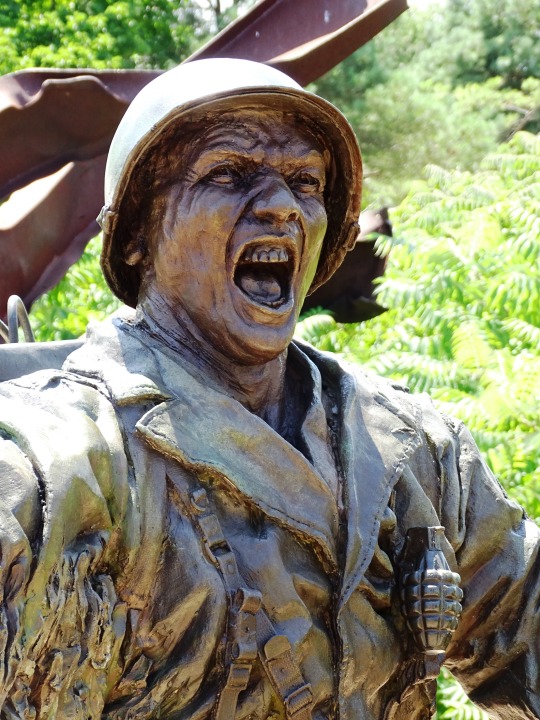


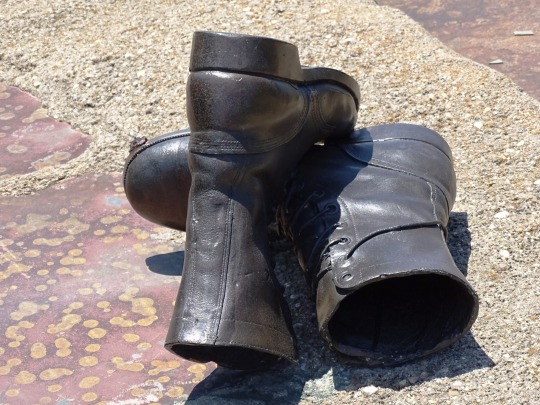




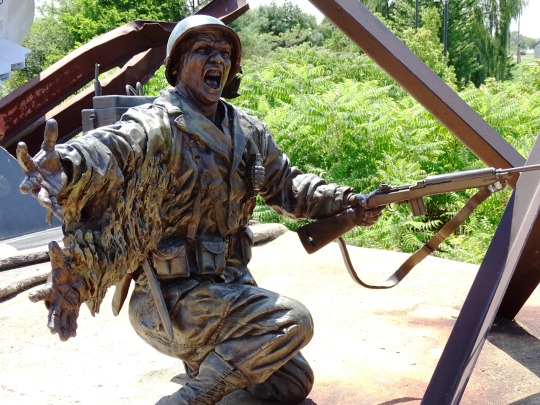
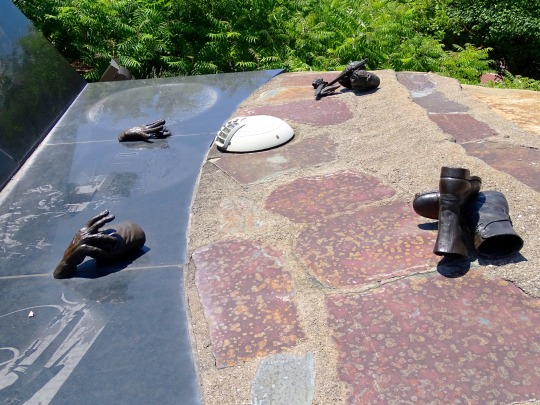
Victory in Europe Day
Victory in Europe Day is observed on May 8 to commemorate when the Allies of World War II formally accepted Germany’s unconditional surrender of its armed forces. Did you know that even after Germany — the architect of the war — surrendered, Japan continued to wage war against the Allied troops? World War II was the costliest war ever; over 75 million lives were lost, cities leveled, and the economy of Europe was devastated. The war began when Hitler’s Germany invaded Poland and ended nearly six years later when Japan surrendered. Victory in Europe Day is celebrated as a public holiday in several European countries and termed V.E. Day and V-E Day in the U.K. and the U.S., respectively.
HISTORY OF VICTORY IN EUROPE DAY
On April 30, 1945, the Allied forces surrounded Germany, tightening the noose around the German army. Realizing the hopelessness of his situation, Hitler killed his newly wedded wife, Eva Braun, and committed suicide in his Berlin bunker. Immediately taking the presidency, Grand Admiral Karl Donitz, Hitler’s successor, began negotiating for a term of surrender with the Allied forces. Chief among his goals was saving as many Germans as possible from being captured by the Soviets.
On May 4, in Luneburg Heath, British Field Marshal Bernard Montgomery accepted the unconditional surrender of German forces in the Netherlands, northwest Germany, and Denmark. On May 7, another unconditional military surrender was signed at SHAEF H.Q. at Reims, between Supreme Allied Commander General Eisenhower and General Alfred Jodl of Germany. The following day, a slightly modified document — the definitive German Instrument of Surrender — was signed in Karlshorst, Berlin, by German Field Marshal William Keitel.
Following the announcement of the German surrender on radio on May 7, the news quickly spread across the western world, and jubilations erupted everywhere, especially in North America and the U.K. The B.B.C. interrupted their program to announce that Victory in Europe Day would be a national holiday. Over one million people trooped out to the streets of the U.K. to celebrate, while in London, people crowded Trafalgar Square, the Mall, and Buckingham Palace. The British Royal Family, joined by Prime Minister Winston Churchill, appeared on the palace’s balcony, waving to the cheering crowds.
In the United States, Victory in Europe Day happened to be the same day as President Harry Truman’s 61st birthday. However, he dedicated the victory to his late predecessor, Franklin D. Roosevelt and the U.S. flag remained at half-mast. Victory in Europe Day was also celebrated in Australia, Paris, and Canada — where a riot broke down and resulted in several deaths.
VICTORY IN EUROPE DAY TIMELINE
April 30,1945 The Suicide of Hitler
During the Battle of Berlin, the city becomes surrounded — so, Hitler kills his wife and commits suicide.
May 4, 1945 The First Act of Surrender
British Field Marshal Bernard Montgomery accepts the unconditional surrender of German forces in the Netherlands, northwest Germany, and Denmark.
May 7, 1945 The Second Act of Surrender
Supreme Allied Commander General Eisenhower accepts the unconditional surrender of German forces from German General Alfred Jodl.
May 8, 1945The German Instrument of Surrender
The definitive German Instrument of Surrender is signed in Berlin by German Field Marshal William Keitel.
August 14, 1945 The End of the War
Japan agrees to surrender to the Allied forces and formally signs an agreement the following month.
VICTORY IN EUROPE DAY FAQS
Is Victory in Europe Day celebrated in Germany?
Victory in Europe Day is generally viewed in Germany as a day to commemorate those that died during the war. However, it’s also a day to renew their promises of preventing such events from happening again.
Who celebrates Victory in Europe Day?
Victory in Europe Day is mainly celebrated by North American and European countries, including Israel and the European Union — celebrated as Europe Day.
How do the French celebrate Victory in Europe Day?
Victory in Europe Day is celebrated with a lot of festivities and fanfare. Church services, parades, ceremonies, monument visitations, and air force flyovers are ways Victory in Europe Day is commemorated in France.
HOW TO OBSERVE VICTORY IN EUROPE DAY
Visit the World War II Memorial
Talk to a World War II veteran
Watch World War II movies or documentaries
The World War II Memorial was built in 2004 to honor those that fought and died during World War II. The memorial is located in Washington D.C. You can visit and take a tour around this place of honor to pay your respects to those that prevented the war from entering our borders.
You can observe Victory in Europe Day by chatting with a WWII veteran about the unfiltered events of the war. There are many of these veterans around, and they can be found at senior homes. Visiting them would allow you to learn a lot and provide you with an opportunity to appreciate them for their sacrifices.
Many films are produced almost every decade, dedicated to the major battles of World War II. You can spend Victory in Europe Day by watching classics like “Stalingrad,” “Dunkirk,” “Dirty Dozen,” “Come and See,” and “Saving Private Ryan.” You can also watch documentaries, such as “Battlefield,” “World At Watt,” and “Russia’s War: Blood Upon the Snow.”
5 IMPORTANT FACTS ABOUT WORLD WAR II
It was between two groups of countries
The Holocaust happened
Some countries remained neutral
It was the bloodiest war
Millions died for not being perfect Germans
World War II was fought between Allied countries — Britain, France, Russia, China, and the U.S. — and Axis nations — Germany, Italy, and Japan.
Hitler’s Germany killed about six million Jewish people during the war.
Spain, Sweden, and Switzerland are examples of countries that never chose a side during the war.
About 75 million people died during the war, including 40 million civilians and 20 million military personnel.
Aside from Jews, Hitler ordered people with disabilities and Gypsies to be killed for not meeting his vision of the best and strongest race.
WHY VICTORY IN EUROPE DAY IS IMPORTANT
It marked the beginning of the end of WWII
It serves as a day of remembrance
It’s a day of reflection
When the German forces surrendered to the Allied troops on Victory in Europe Day, it ended the war on the European theatre, allowing the Allies to concentrate their efforts to win in the Eastern theatre three months later.
Victory in Europe Day is not only a day to celebrate Germany’s surrender but also a day to appreciate the military personnel that fought and died to make it happen.
Victory in Europe Day is a day for every country that participated in World War II, both the instigators and heroes, to reflect on the actions and events that led to the outbreak of war and ensure they don’t repeat themselves.
Source
#lone infantryman on Omaha Beach#Community Veterans Memorial#Indiana#USA#Munster#very impressive#free admission#Omri Amrany#8 May 1945#Victory in Europe Day#European history#V-E Day#VictoryInEuropeDay#WWII#World War Two#World War II#Pacific Monument#Europe Monument#Midwestern USA#Great Lakes Region#original photography#summer 2019#tourist attraction#landmark
1 note
·
View note
Photo










World War II: Nazi Germany and Slovakia invaded Poland, beginning the European phase of World War II on September 1, 1939.
#World War II#World War Two#WWII#began#1 September 1939#history#original photography#anniversary#Europe Monument by Omri Amrany#USA#Pacific Monument#Home Front Monument#Community Veterans Memorial#Munster#Indiana#travel#vacation#park#public art#Midwestern USA#sculpture#Great Lakes Region#military history#summer 2019
4 notes
·
View notes
Photo

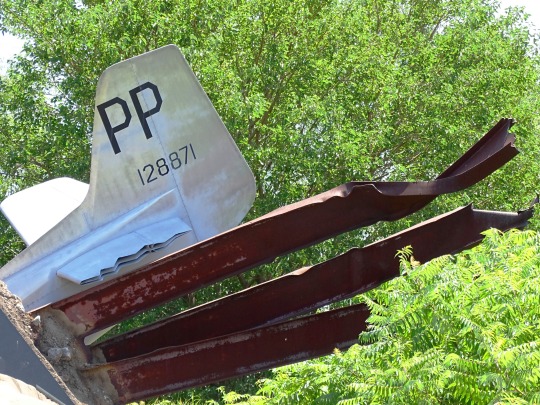



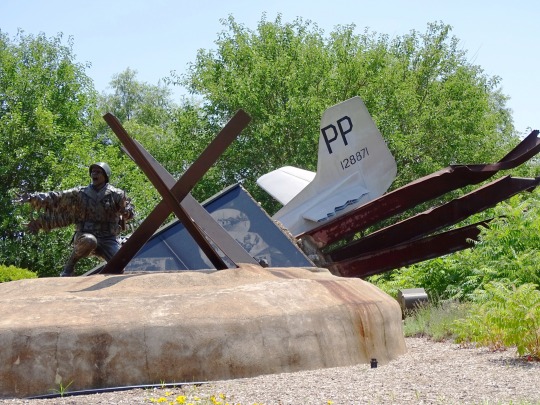




Europe/Pacific Monument, Community Veterans Memorial (No. 2)
I still remember/the sun-blown stench,
and the pit/At least two hundred yards from/The
cove we'd anchored guns in./They were blasting at
the mountains,/The beach was nearly ours.
Lucien Stryk, American Soldier Poet, The Pit
WORLD WAR II in the Pacific took everything we had. It stretched our Navy, Army, Marines, and Air Forces to distant Asian limits. It forced a new worldview, as it faced the Japanese military tyrant head on. The Pacific Monument presents the forces combining in the big picture and also captures an intimate moment.
Set against granite, repetitive lines fall away in pattern reminiscent of ocean, seamen, and battles. Remembering the courage of airmen, a P-51 is crashed, its tail section intact. Through an opening, a lone infantryman offers compassion.
Laser-etched over the Pacific Monument are photographic scenes we never want to forget At Pearl Harbor a rescue boat draws close to the burning U.S.S. West Virginia. At the Coral Sea the Lexington slides into the sea. At Midway the Yorktown succumbs hurt beyond pain. The tide turns as U. S. Navy divebombers put four Japanese carriers beneath the sea, during the Battle of Midway, the turning point in the Pacific War.
At Iwo Jima - with 25,000 casualties - Marines cling to the beach and the flag is raised on Mt. Suribachi. At Leyte Gulf through Okinawa, kamikaze suicide attacks proved a final Japanese weapon.
The Pacific Monument can only glimpse the vast story of that War. We see a soldier boy we know his duty, relief, and victory. We see him reach his hand in compassion.
Source
#Europe Monument by Omri Amrany#Community Veterans Memorial#Munster#Indiana#travel#vacation#summer 2019#huge#very impressive#USA#WWII#World War II#World War Two#US history#military history#D-Day#lone infantryman on Omaha Beach#haunting#Midwestern USA#Great Lakes Region#park#outdoors#tourist attraction#Pacific Monument#moving
4 notes
·
View notes
Photo
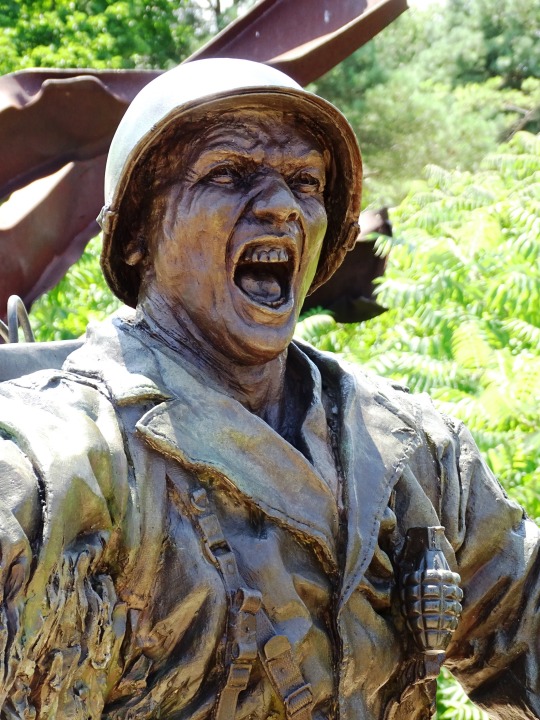
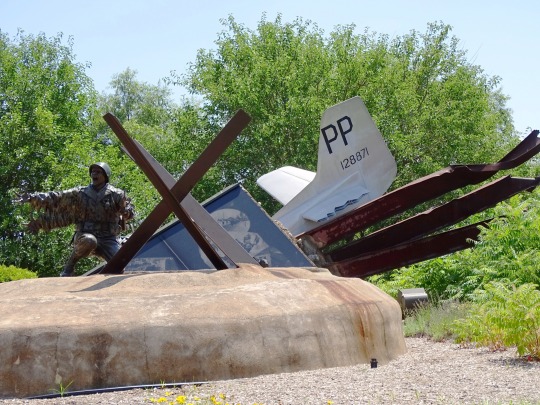





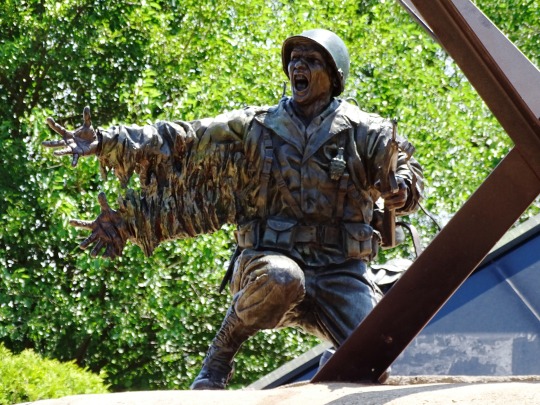
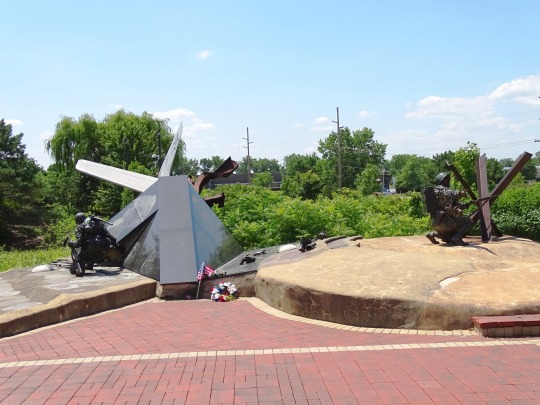

D-Day
Beginning in the spring of 1940, in the midst of World War II, Nazi Germany started occupying the northern part of France. They gained complete control of the area in May, when the British evacuated Dunkirk, a coastal city, during the Battle of France. But the Allies always hoped to return. In 1942, the United States and Britain began thinking about an invasion across the English Channel. Hitler, anticipating an invasion somewhere—although he did not know exactly where—put Erwin Rommel in charge of defense of a large swath of coastal areas and in charge of the creation of an Atlantic Wall, which consisted of fortifications of bunkers, landmines, and other beach and water obstacles.
The Allies codenamed their amphibious invasion of Normandy "Operation Overlord," and placed Gen. Dwight D. Eisenhower in charge of it in January 1944. The invasion became known as D-Day, and its implementation would prove to be the start of the end of the war. The more obvious choice for the invasion was Pas de Calais, the spot with the shortest distance between Britain and Continental Europe. In fact, a deception campaign prior to D-Day made the Germans think that Pas de Calais—as well as Norway and some other locations—would be areas of invasion. Deception tactics included the use of fake equipment, George S. Patton's phantom army—which was supposedly stationed across from Pas de Calais, fraudulent radio transmissions, and double agents. The beaches of Normandy were chosen instead because they were less heavily defended than Pas de Calais, but were still within air cover.
D-Day was originally scheduled for June 5, but it was pushed back a day due to bad weather. Eisenhower told his troops, "You are about to embark upon the Great Crusade, toward which we have striven these many months. The eyes of the world are upon you." Five thousand ships, 13,000 aircraft, and over 160,000 American, British, and Canadian troops readied for invasion.
Airborne operations started in the early morning hours of June 6, preceding the amphibious landing by about 5 hours. Over 13,000 paratroopers from the U.S. 82nd and 101st Airborne Divisions, the British 6th Airborne Division, and the 1st Canadian Parachute Battalion were dropped behind enemy lines and worked to secure bridges and exit roads. An additional 4,000 men of the glider infantry landed using 500 gliders.
The amphibious landing took place over a 50 mile stretch of beachfront in Normandy, on the French coastline. There were five beaches where the landing took place. From west to east they were Utah, Omaha, Gold, Juno, and Sword. The Allies faced rather light resistance at all the beaches except Omaha. That beach was the most heavily defended of the five, and also had a difficult terrain consisting of bluffs and cliffs.
Although the Allies achieved their objective of gaining a foothold on the continent, it was not without heavy losses. By some estimates, over 4,000 Allied troops were killed, and another 5,000 or so troops were wounded. The beaches were secured by June 11, and over 326,000 troops had landed, as well as 50,000 vehicles and 100,000 tons of equipment. By the end of June, 850,000 Allied troops and 150,000 vehicles were on the continent. The Battle of Normandy lasted until late August when Paris was liberated and northern France was taken back from the Nazis. Preparations were then made to head towards Germany. The Germans were defeated in the Spring of 1945, and surrendered on May 8. All of this became possible because of the valiant efforts of those on D-Day! We remember them and their service and sacrifice today!
How to Observe
The day may be observed in a number of ways:
Visit the National D-Day Memorial in Virginia.
Visit The National WWII Museum in New Orleans.
Visit the Omaha Beach Memorial Museum on Omaha Beach.
Go to the Overlord Museum in Normandy, France.
Keep an eye out for events taking place at D-Day memorials and museums or at other locations.
Watch a feature film or documentary that focuses on D-Day.
View photos of D-Day.
Read a book on D-Day.
Source
#lone infantryman on Omaha Beach#Munster#Indiana#WWII#World War II#World War Two#6 June 1944#US history#D-Day#Community Veterans Memorial#huge park#Omri Amrany#Europe Monument by Omri Amrany#impressive#travel#vacation#summer 2018#Midwestern USA#Great Lakes Region#tourist attraction#military history#anniversary
3 notes
·
View notes
Photo


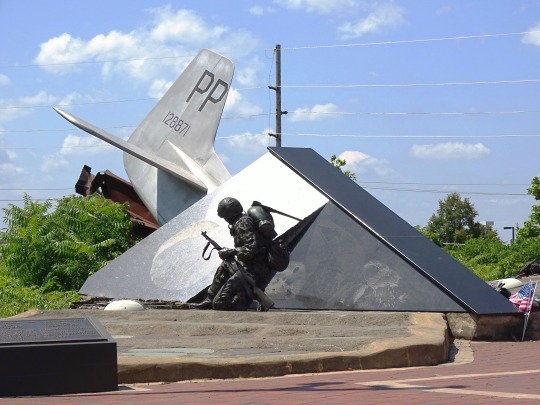
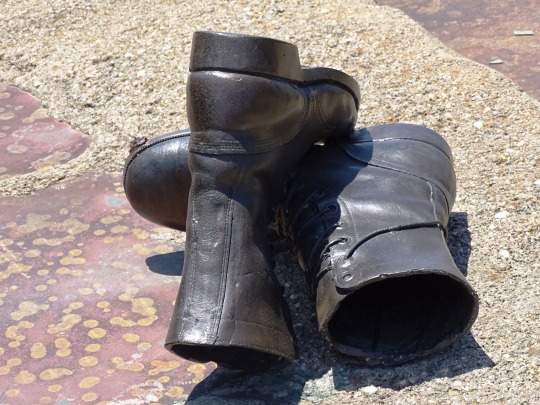


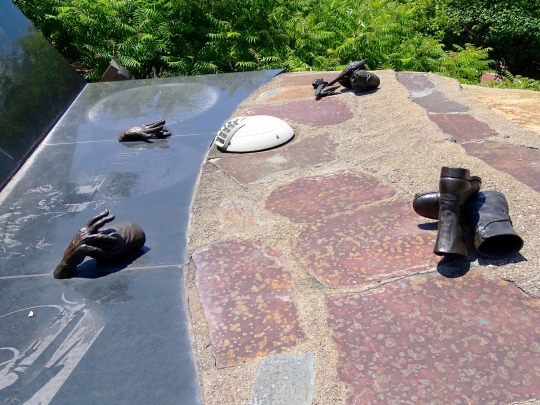


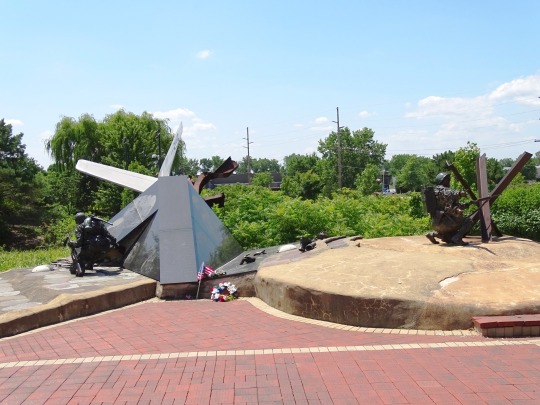
Europe Monument, Community Veterans Memorial (No. 1)
D-DAY The breaking of the Nazi 'Atlantic Wall' was led by General Dwight D. Eisenhower, supreme allied commander. At .15hrs 82nd and 101st airborne parachuted from DC3 aircraft. Following naval/air bombardment, 4th infantry at 6.30hrs assaulted Utah Beach-liberating Ste-mere Eglise. Also at 6.30hrs (4.30 by rangers), Omaha Beach was assaulted by 1st, 29th, and 116th infantry regiment. With rangers 2nd battalion at 5th and La Pointe Du Hoc, they are remembered for sacrificial heroism.
The Europe Monument is led with a lone infantryman on Omaha Beach. A bronze radioman' calls to all the others behind a steel 'hedgehog' he faces 'the dragon's teeth'.
The World War II Monument is the topographic peak of the Community Veterans Memorial.
It expresses new directions from Europe. The split steel beams represent destruction from World War I continued in Europe, to the Pacific - pointing to Korea and Vietnam. The circular motifs symbolize human enforcement on nature or waves of the sea. Designs are based on modern concepts of repetition to infinity.
Triangular granite slabs host laser-etched photos moments on Omaha Beach, horrific destruction at Monte Cassino, a B-24 Liberator, and Bastogne in the snowy Ardennes. From concentration camps, images remind us of the terrible 'Holocaust'.
With time's perspective, what new or old cry might our 'radioman' call out?
Source
#Europe Monument by Omri Amrany#Community Veterans Memorial#Munster#Indiana#huge#very impressive#tourist attraction#travel#vacation#USA#summer 2019#WWII#World War II#World War Two#Omaha Beach#D-Day#lone infantryman on Omaha Beach#haunting#Midwestern USA#Great Lakes Region#park#outdoors#military history#US history#Pacific Monument
1 note
·
View note
Photo










Community Veterans Memorial, Munster (No. 2)
To Remember those who participated in the great wars of the 20th Century - World Wars I and II, Korea, Vietnam and Desert Storm…those killed and those who survived, their stories and their history...
To Educate those who live today…about the reality of war not the heroics…the suffering of war…and its repeating history...
To Challenge those who shape the future…to break the repetition of violence... to imagine and hope for peace.
Source
#Community Veterans Memorial#Munster#Indiana#very impressive#hugh#USA#military history#original photography#summer 2019#travel#vacation#tourist attraction#Europe Monument by Omri Amrany#Korean War Monument#Vietnam War Monument#Persian Gulf War I Monument#World War 1 Monument#nature#flora#creek#sculpture#flag#public art#life size#Great Lakes Region#Midwestern USA
1 note
·
View note
Photo










Victory in Europe Day
Victory in Europe Day, generally known as VE Day (United Kingdom) or V-E Day (US), is a day celebrating the formal acceptance by the Allies of World War II of Nazi Germany's unconditional surrender of its armed forces on Tuesday, 8 May 1945, marking the end of World War II in Europe. VE Day is celebrated across Western European states on 8 May, with several countries observing public holidays on the day each year, variously called Victory Over Fascism Day, Liberation Day or simply Victory Day.
Russia, Belarus, and Serbia celebrate on 9 May, as do several former Soviet bloc countries. Israel also marks VE Day on 9 May, as a result of the large number of immigrants from the former Soviet bloc, although it is not a public holiday. The term VE Day existed as early as September 1944, in anticipation of victory.
Source
#Victory in Europe Day#VictoryInEuropeDay#VEDay#8 May 1945#history#75th anniversary#VE Day#V-E Day#Munster#Indiana#summer 2019#USA#huge#very impressive#Europe Monument by Omri Amrany#WWII#Germany's unconditional surrender#World War II#World War Two#travel#Community Veterans Memorial#P 51#lone infantryman on Omaha Beach#Midwestern USA#tourist attraction
1 note
·
View note
Photo



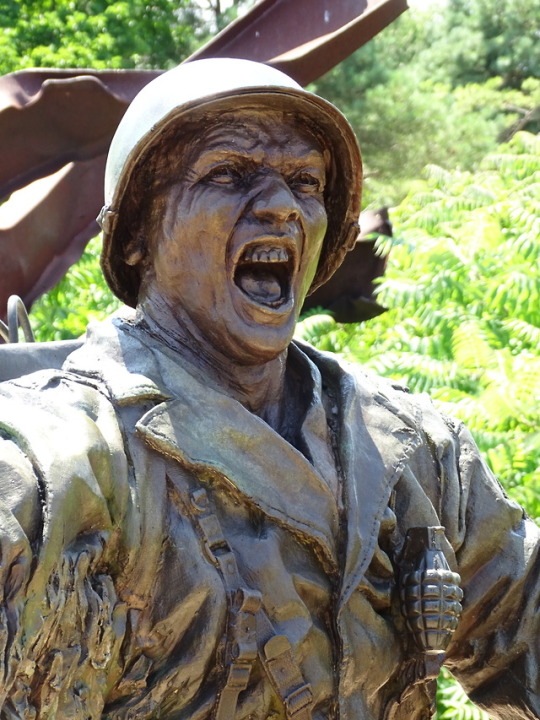






World War II: Nazi Germany and Slovakia invaded Poland, beginning the European phase of World War II on September 1, 1939.
#Community Veterans Memorial#Europe Monument by Omri Amrany#Munster#lone infantryman on Omaha Beach#Home Front Monument#Pacific Monument#World War II#WWII#start#1 September 1939#80th anniversary#history#Indiana#USA#travel#very impressive#summer 2019#vacation#road trip#cityscape
2 notes
·
View notes
Photo










VETERANS DAY
Veterans Day is an official United States holiday that honors people who have served in the U.S. Armed Forces, also known as veterans. It is a federal holiday that is observed on November 11. It coincides with other holidays such as Armistice Day and Remembrance Day, which are celebrated in other parts of the world and also mark the anniversary of the end of World War I (major hostilities of World War I were formally ended at the 11th hour of the 11th day of the 11th month of 1918, when the Armistice with Germany went into effect). The United States also originally observed Armistice Day, it then evolved into the current Veterans Day holiday in 1954.
Veterans Day is not to be confused with Memorial Day. Veterans Day celebrates the service of all U.S. military veterans, while Memorial Day is a day of remembering the men and women who died while serving.
HOW TO OBSERVE
Because it is a federal holiday, some American workers and many students have Veterans Day off from work or school. When Veterans Day falls on a Saturday then either Saturday or the preceding Friday may be designated as the holiday, whereas if it falls on a Sunday it is typically observed on the following Monday. A Society for Human Resource Management poll in 2010 found that 21 percent of employers planned to observe the holiday in 2011.
Non-essential federal government offices are closed. No mail is delivered. All federal workers are paid for the holiday. Those who are required to work on the holiday sometimes receive holiday pay for that day in addition to their wages.
In his Armistice Day address to Congress, Wilson was sensitive to the psychological toll of the lean War years. “Hunger does not breed reform, it breeds madness,” he remarked. As Veterans Day and the birthday of the United States Marine Corps (November 10, 1775) are only one day apart, that branch of the Armed Forces customarily observes both occasions as a 96-hour liberty period.
Spelling of Veterans Day
While the holiday is commonly printed as Veteran’s Day or Veterans’ Day in calendars and advertisements (spellings that are grammatically acceptable), the United States government has declared that the attributive (no apostrophe) rather than the possessive case is the official spelling.
HISTORY
U.S. President Woodrow Wilson first proclaimed Armistice Day on November 11, 1919. In proclaiming the holiday, he said, “To us in America, the reflections of Armistice Day will be filled with solemn pride in the heroism of those who died in the country’s service and with gratitude for the victory, both because of the thing from which it has freed us and because of the opportunity it has given America to show her sympathy with peace and justice in the councils of the nations.”
The United States Congress passed a concurrent resolution seven years later on June 4, 1926, requesting that President Calvin Coolidge issue another proclamation to observe November 11 with appropriate ceremonies. A Congressional Act (52 Stat. 351; 5 U.S. Code, Sec. 87a) approved May 13, 1938, made the 11th of November in each year a legal holiday: “a day to be dedicated to the cause of world peace and to be thereafter celebrated and known as ‘Armistice Day’.”
In 1945, World War II veteran Raymond Weeks from Birmingham, Alabama, had the idea to expand Armistice Day to celebrate all veterans, not just those who died in World War I. Weeks led a delegation to Gen. Dwight Eisenhower, who supported the idea of National Veterans Day. Weeks led the first national celebration in 1947 in Alabama and annually until his death in 1985. President Reagan honored Weeks at the White House with the Presidential Citizenship Medal in 1982 as the driving force for the national holiday. Elizabeth Dole, who prepared the briefing for President Reagan, determined Weeks as the “Father of Veterans Day.”
U.S. Representative Ed Rees from Emporia, Kansas, presented a bill establishing the holiday through Congress. President Dwight D. Eisenhower, also from Kansas, signed the bill into law on May 26, 1954.
Congress amended this act on June 1, 1954, replacing “Armistice” with “Veterans,” and it has been known as Veterans Day since.
The National Veterans Award, created in 1954, also started in Birmingham. Congressman Rees of Kansas was honored in Alabama as the first recipient of the award for his support offering legislation to make Veterans Day a federal holiday, which marked nine years of effort by Raymond Weeks. Weeks conceived the idea in 1945, petitioned Gen. Eisenhower in 1946, and led the first Veterans Day celebration in 1947 (keeping the official name Armistice Day until Veterans Day was legal in 1954).
Although originally scheduled for celebration on November 11 of every year, starting in 1971 in accordance with the Uniform Monday Holiday Act, Veterans Day was moved to the fourth Monday of October. In 1978, it was moved back to its original celebration on November 11. While the legal holiday remains on November 11, if that date happens to be on a Saturday or Sunday, then organizations that formally observe the holiday will normally be closed on the adjacent Friday or Monday, respectively.
Source
#Europe Monument by Omri Amrany#Community Veterans Memorial#Munster#VETERANS DAY#11 November#former Armistice Day#Remembrance Day#USA#Canada#travel#original photography#National War Memorial#Ottawa#Lewiston Veterans Memorial Park#Indiana War Memorial#Indianapolis#A World Apart by Eric Meyerhoff#Fallen But Not Forgotten#Napa#Savannah#Frank Voznak III#Chicago WWII Submarine Veterans Memorial#Washington DC#Vietnam Veterans Memorial#Ontario Veterans Memoria#toronto#Korean War Veterans Memorial
0 notes
Photo










Victory in Europe Day
Victory in Europe Day, generally known as VE Day (United Kingdom) or V-E Day (US), is a day celebrating the formal acceptance by the Allies of World War II of Nazi Germany's unconditional surrender of its armed forces on Tuesday, 8 May 1945, marking the end of World War II in Europe. VE Day is celebrated across Western European states on 8 May, with several countries observing public holidays on the day each year, variously called Victory Over Fascism Day, Liberation Day or simply Victory Day.
Russia, Belarus, and Serbia celebrate on 9 May, as do several former Soviet bloc countries. Israel also marks VE Day on 9 May, as a result of the large number of immigrants from the former Soviet bloc, although it is not a public holiday. The term VE Day existed as early as September 1944, in anticipation of victory.
Source
#Victory in Europe Day#VE Day#V-E Day#VictoryInEuropeDay#8 May 1945#anniversary#history#WWII#World War II#World War Two#Munster#USA#Community Veterans Memorial#Indiana#Omri Amrany#Pacific Monument#travel#summer 2019#vacation#original photography#tourist attraction#landmark#impressive#hugh park#free admission#public art#sculpture
3 notes
·
View notes
Photo






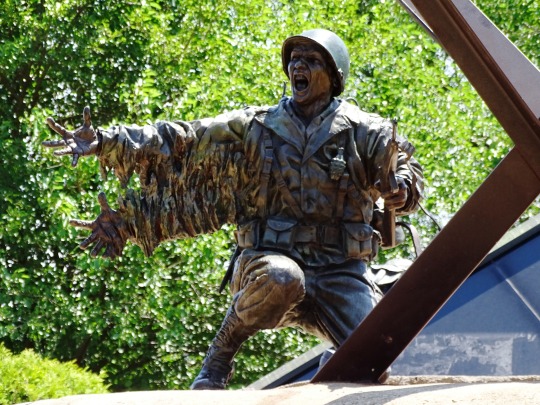



Victory in Europe Day
Victory in Europe Day, generally known as VE Day (United Kingdom) or V-E Day (US), is a day celebrating the formal acceptance by the Allies of World War II of Nazi Germany’s unconditional surrender of its armed forces on Tuesday, 8 May 1945, marking the end of World War II in Europe. VE Day is celebrated across Western European states on 8 May, with several countries observing public holidays on the day each year, variously called Victory Over Fascism Day, Liberation Day or simply Victory Day.
Russia, Belarus, and Serbia celebrate on 9 May, as do several former Soviet bloc countries. Israel also marks VE Day on 9 May, as a result of the large number of immigrants from the former Soviet bloc, although it is not a public holiday. The term VE Day existed as early as September 1944, in anticipation of victory.
Source
#lone infantryman on Omaha Beach#Victory in Europe Day#VE Day#V-E Day#8 May 1945#anniversary#history#original photography#Munster#USA#Community Veterans Memorial#free admission#Indiana#tourist attraction#Pacific Monument by Omri Amrany#impressive#WWII#World War Two#World War II#landmark#park#sculpture#public art
0 notes